(QBĐT) - Through the ups and downs of time, Dong Hoi market is still there, persistently and steadfastly standing by the Nhat Le River as a "witness" to each historical period of change in the "Rose" city. Although the stars have changed, the old people and the scene have changed, the market still retains its own unique features and has become a childhood memory, a place to go to, a place to return to for many Dong Hoi people.
Recalling Dong Hoi, in the book “ Quang Binh Tourism” in 1931, author Nguyen Kinh Chi (he was the first Vietnamese doctor to work at Dong Hoi Hospital) wrote about Dong Hoi’s commerce during this period simply in a few lines: “ The commercial area is in the southeast. Tourists go through the south gate (left gate) out of the bridge and arrive in front of a large building, on the door is the word “Bungalow” … from there follow the road on the moat to the street, fifteen foreign streets and a few dozen Vietnamese streets, scattered on several narrow streets, that is Dong Hoi’s streets…” . Dong Hoi market during this period is not remembered much because: “… The great commerce of the time when Ba Don market took over, here only small grocery items are sold, nothing remarkable… ”.
In the book “ Dong Hoi Gazetteer” , researcher Nguyen Tu devoted solemn lines to introduce Dong Hoi market before the August Revolution of 1945, “Dong Hoi had only 7 villages clustered together in a very limited and neat territory, but also very isolated and far from each other, without the high concentration like today... In the 7 villages divided into 3 residential clusters, people only saw urbanization in the southern area, and in this area there were only two roads leading to Dong Hoi market: Market Street (Rue du marché) and Quang Binh Quan Street (Rue Porte Quang Binh) ”.
According to the memory of researcher Nguyen Tu, Dong Hoi market in the past was located almost exactly where Dong Hoi market is today. But the scale at that time was only three long and wide communal houses along the riverbank. The northern communal house sold cereals and food, the middle communal house specialized in selling groceries, the southern communal house sold food, mainly meat, fish, vegetables, melons... The market also had a communal house yard where small items from villages on the outskirts of the town were sold, such as: firewood, coal, chicken, duck, fresh fruit...
The most special feature of the market is the wharf and the boats. Besides the fishing boats, the market wharf also has ferries and ferries that go to Quang Ninh and Le Thuy, and is also the "gathering place" for boats from Quang Nam , Quang Ngai, Phu Yen, Binh Dinh, etc. to bring goods in and export goods. The market has become a trading place for visitors from other provinces and is known by many people near and far.
 |
It is also impossible not to mention the street named Cho Street, which runs along the middle of the southern area, from the southern edge of the moat straight to meet and intersect Quang Binh Quan Street and border the River Bank Street. This was the only street with the largest streets and shops compared to other streets in the town at that time. Quang Binh Quan Street (now Me Suot Street) started from Quang Binh Quan, went straight down to the riverbank, passed Dong Hoi Market, and merged into the market area.
Folklore researcher Dang Thi Kim Lien (Duc Ninh commune, Dong Hoi city) said that in the past, the beginning of Dong Hoi market was the wharf market, formed when people in Cau hamlet went fishing and brought their goods to the river mouth to sell, people from other villages also came to buy and sell busily. Later, people from other villages in the surrounding area brought more goods, such as vegetables, fruits, etc. to sell. Just like that, the wharf market became more and more crowded and bustling, later the market gradually moved to the old Dong Hai village and changed over time, existing from then until now.
In her memory, Dong Hoi market at that time had 3 pavilions selling all kinds of goods and food, seasonal food, especially food stalls with traditional cakes and fruits. Despite being so crowded, Dong Hoi market was still very neat and tidy. Especially in the afternoon, the market became a "fish market", bustling with boats on the wharf and under. Not only attracting traders in the town, the market also had traders from Hom market, Treo market... (Le Thuy), Ba Don market, Thanh Khe market (Bo Trach), Canh Duong market (Quang Trach)... The market truly became the trading center of the town at that time.
Recalling the memory of when she was 10-11 years old, her mother asked her to walk from Duc Ninh to Dong Hoi market to buy fresh fish, researcher Dang Thi Kim Lien still gets emotional. The distance was long but it could not stop her excitement and anticipation of going to the market. Dong Hoi market is associated with many memories of her difficult childhood, and each time she went to the market was a joy, containing an incomparable childhood happiness.
| Mr. Phan Thanh Xuan, who has been collecting documents about Quang Binh for nearly 30 years, said that among the documents he has collected, there are almost no images of Dong Hoi market before 1945, mainly images of the streets of the old town through rare documents from abroad. It is a pity for those who want to find images of Dong Hoi market in the old days. |
During the war against America, like the whole town, Dong Hoi market was devastated and now, after many efforts of the government and people, the market has returned to its position as the central trading place of the town in the past as well as the city today. With so much affection for Dong Hoi market, in the late 90s of the last century, researcher Dang Thi Kim Lien composed the poem "Love of the riverside market" and her husband, musician Duong Viet Chien, set it to music as a song of the same name. The song was later loved by Dong Hoi market traders, encapsulating the feelings of the city's people for this familiar place:
" On the banks of Nhat Le market in the past
Wholesale sailboats in and out
busy
Dong Hoi market is now a center.
commercial center
Visitors come to shop
crowded
From fabrics, clothes, blankets to mattresses
To electrical appliances, shoes, cosmetics
and household appliances
Oh…, from meat, fish, fresh produce, spices
to vegetables, noodles, cakes and fruits
four seasons
How many goods are filled?
humanity...”
Dong Hoi Market today has become one of the indispensable destinations in the “travel guide” of tourists stopping in Quang Binh. The local specialties from shrimp, fish, crab, crab to dried sweet potatoes, traditional cakes... have encapsulated the feelings of Dong Hoi people for tourists from near and far. Dong Hoi Market traders have also become “tour guides” to introduce to tourists the beauty of a market that “lives with the city”, witnessing many changes of this land on the Nhat Le River...
Mai Nhan
Source



![[Photo] President Luong Cuong receives delegation of the Youth Committee of the Liberal Democratic Party of Japan](https://vphoto.vietnam.vn/thumb/1200x675/vietnam/resource/IMAGE/2025/8/22/2632d7f5cf4f4a8e90ce5f5e1989194a)


![[Photo] President Luong Cuong attends special political-artistic television show "Golden Opportunity"](https://vphoto.vietnam.vn/thumb/1200x675/vietnam/resource/IMAGE/2025/8/22/44ca13c28fa7476796f9aa3618ff74c4)
![[Photo] Prime Minister Pham Minh Chinh chairs the conference to review the 2024-2025 school year and deploy tasks for the 2025-2026 school year.](https://vphoto.vietnam.vn/thumb/1200x675/vietnam/resource/IMAGE/2025/8/22/2ca5ed79ce6a46a1ac7706a42cefafae)
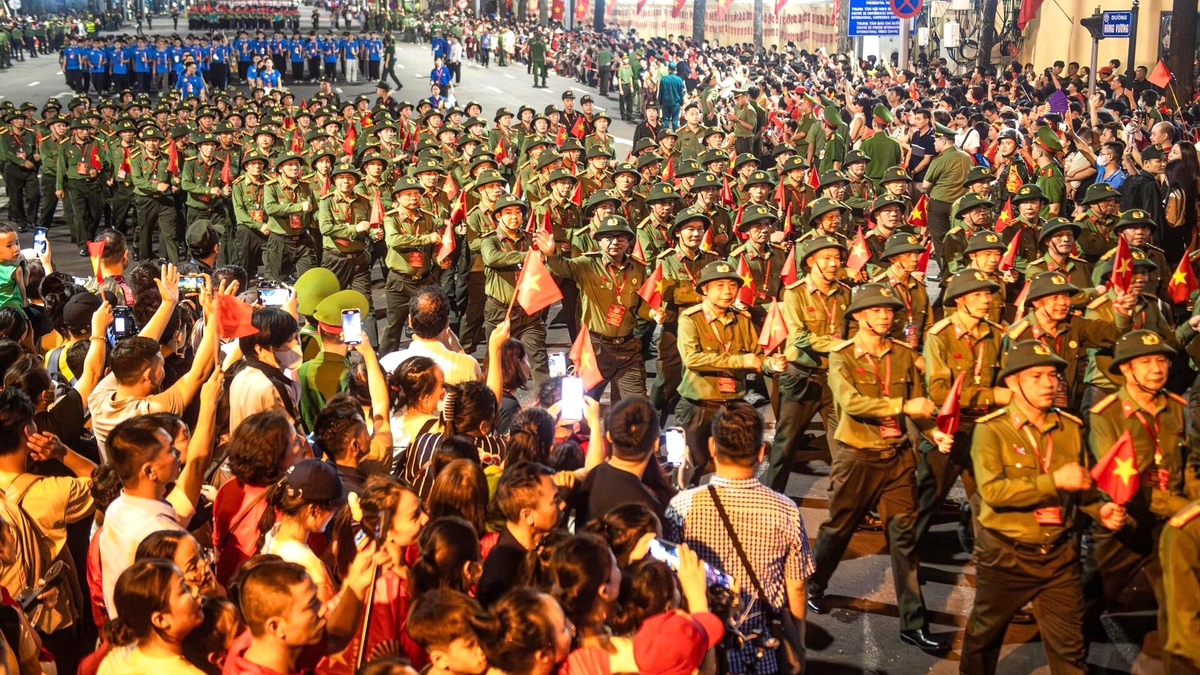




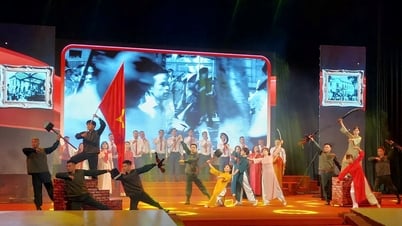




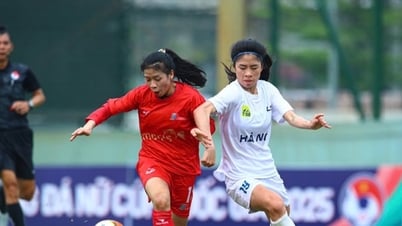

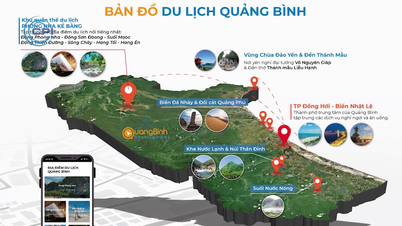

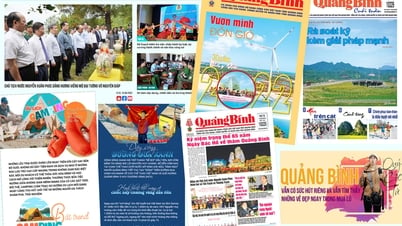


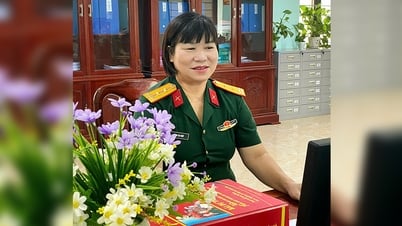
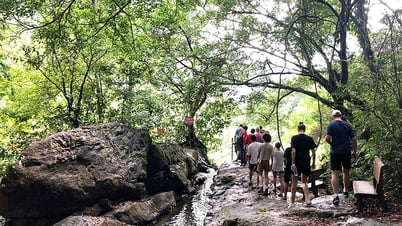

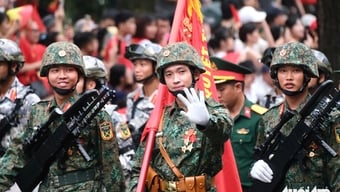


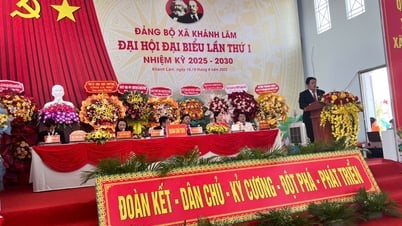


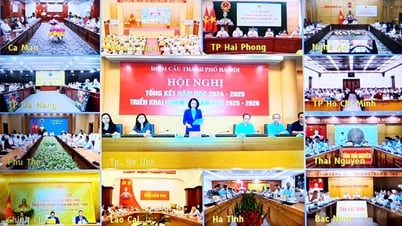
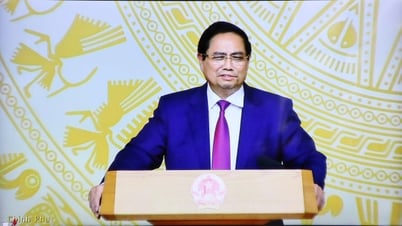
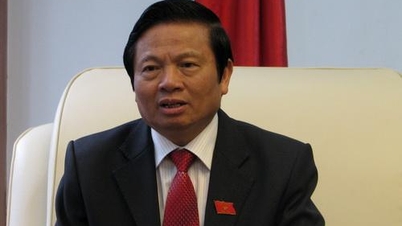
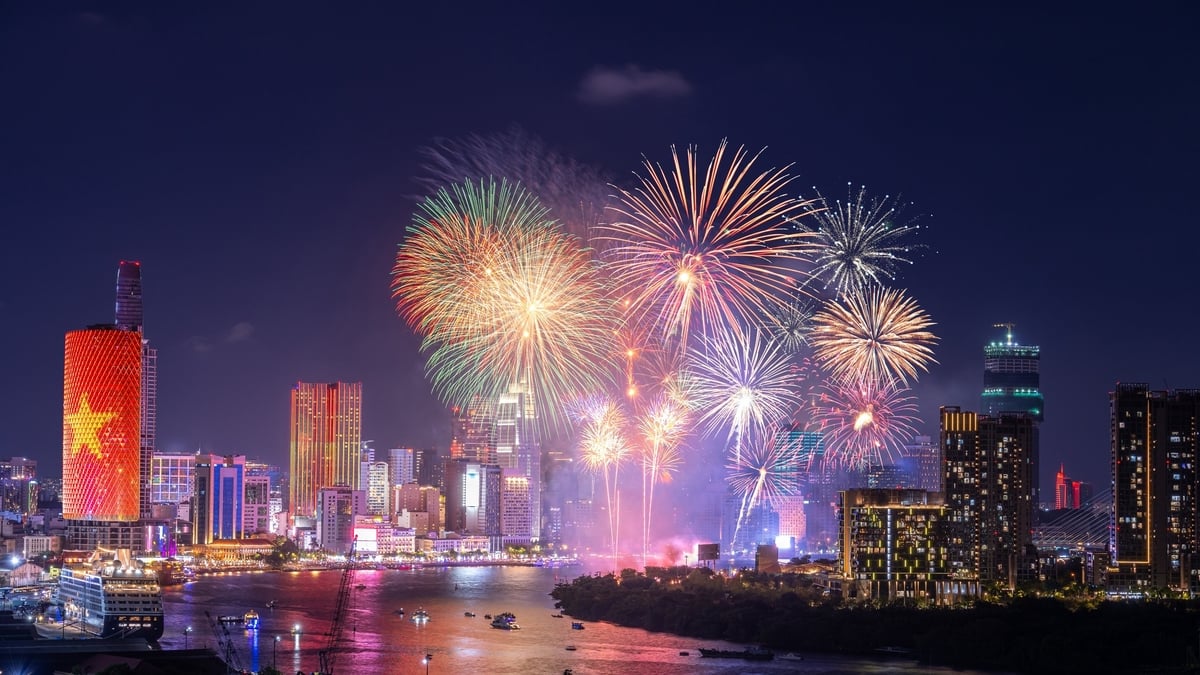
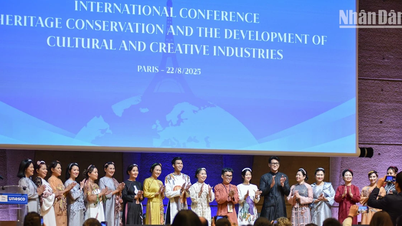






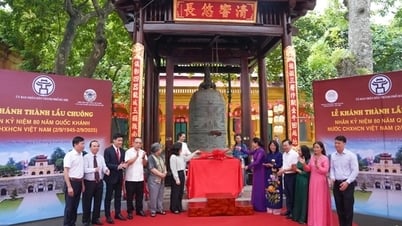


















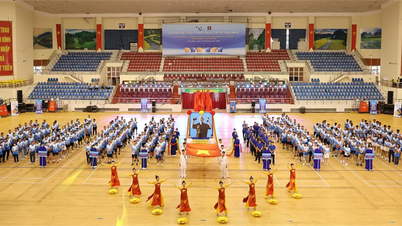


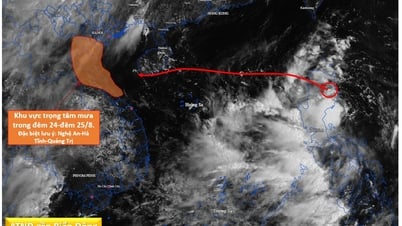








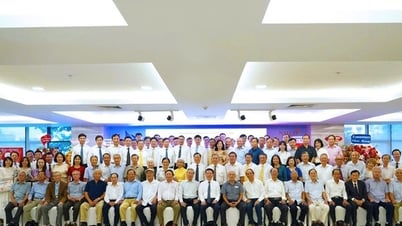






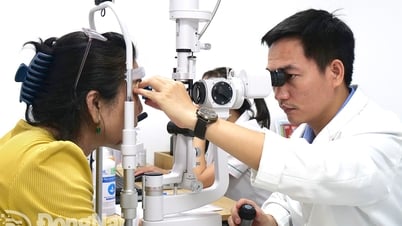

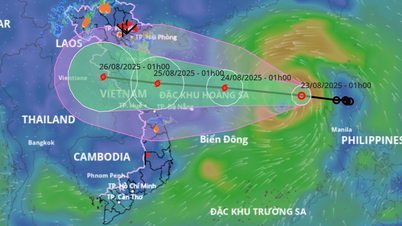


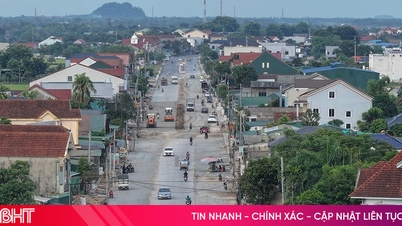













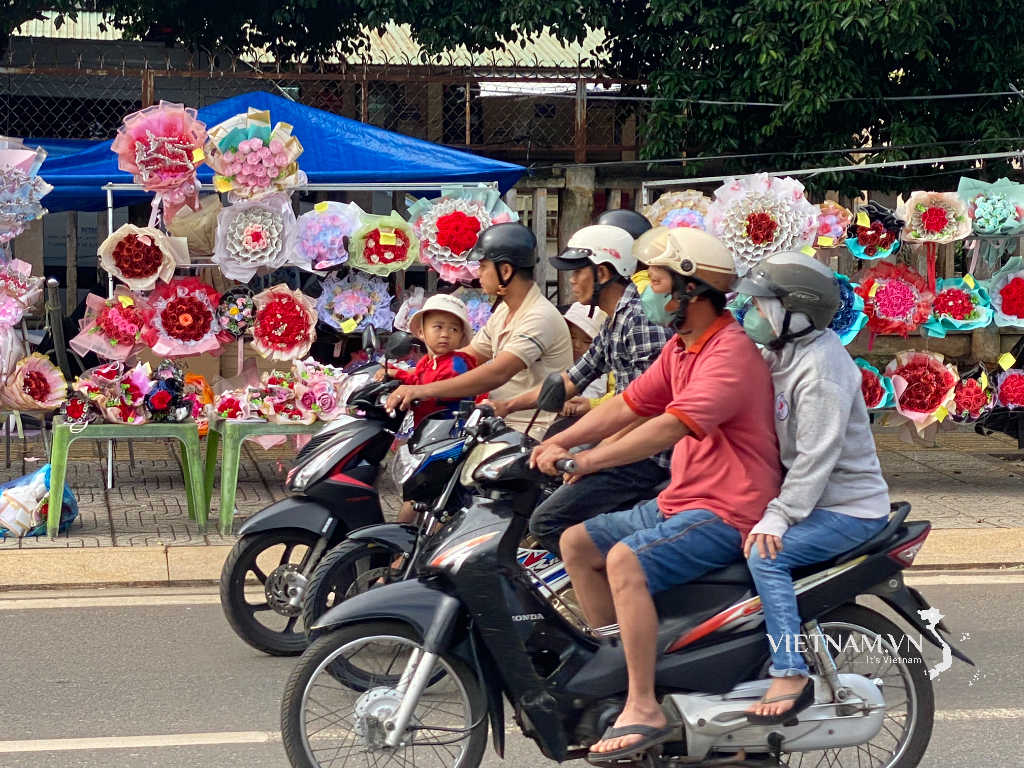
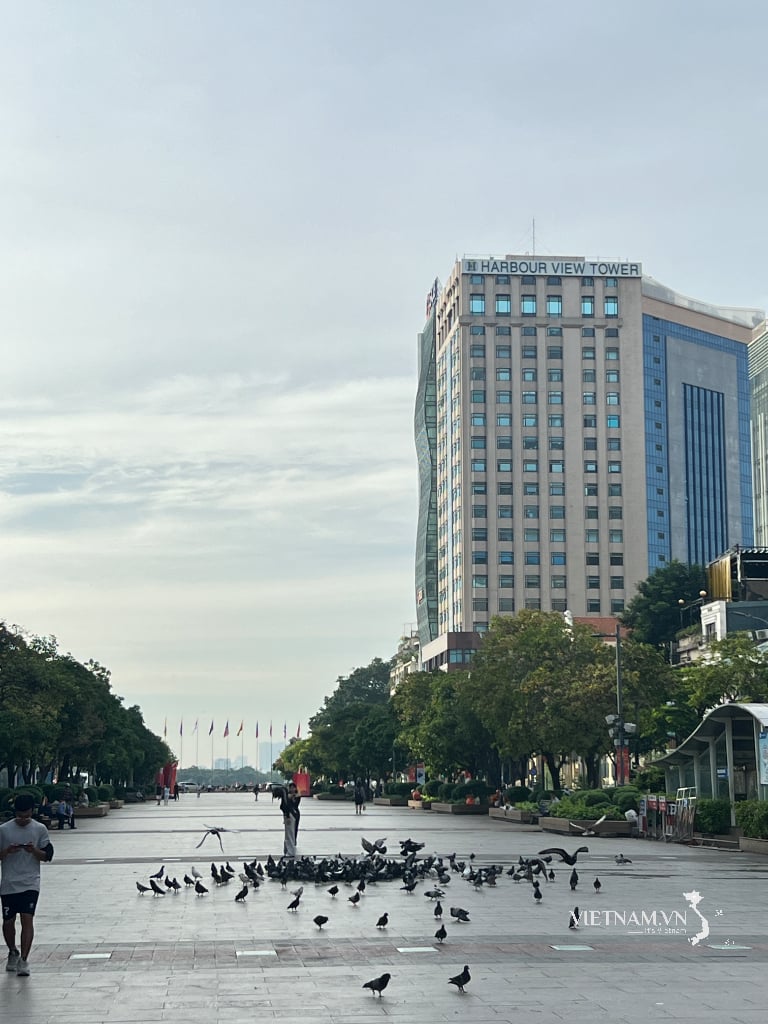
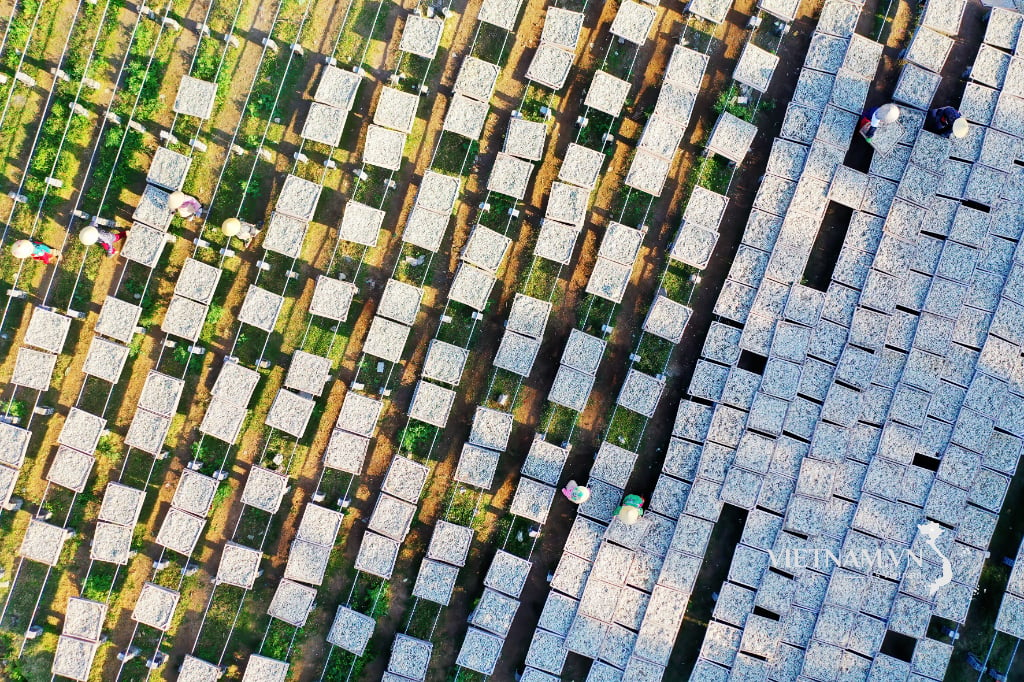
Comment (0)